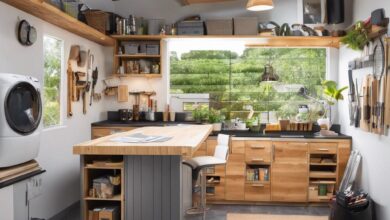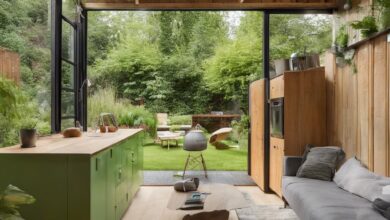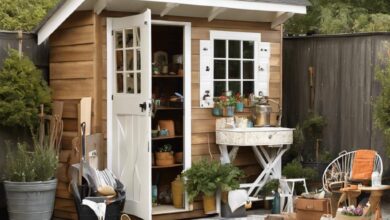The Evolution of Backyard Sheds: A Modern Design Revolution
In the quiet corners of suburban neighborhoods and rural landscapes alike, a humble structure stands as a testament to the ever-evolving relationship between humans and their living spaces. The backyard shed, once a simple storage solution for garden tools and household odds and ends, has undergone a modern design revolution in recent years. From sleek, minimalist structures to eco-friendly retreats, the evolution of backyard sheds offers a fascinating glimpse into the ways in which architecture and functionality can intersect in the most unexpected of places. Join us as we explore the transformation of these once-ignored outbuildings into spaces that not only enhance our surroundings, but also enrich our lives.
Table of Contents
- The Rise of the Modern Backyard Shed
- Innovative Materials and Construction Techniques
- Functional and Versatile Design Features
- Integration of Technology for Smart Sheds
- Sustainable Practices in Shed Building
- Maximizing Space and Storage Solutions
- Customization Options for Personalized Sheds
- Adapting Sheds for Work-From-Home Setups
- Embracing Minimalist and Contemporary Aesthetics
- Future Trends in Backyard Shed Design
- Q&A
The Rise of the Modern Backyard Shed
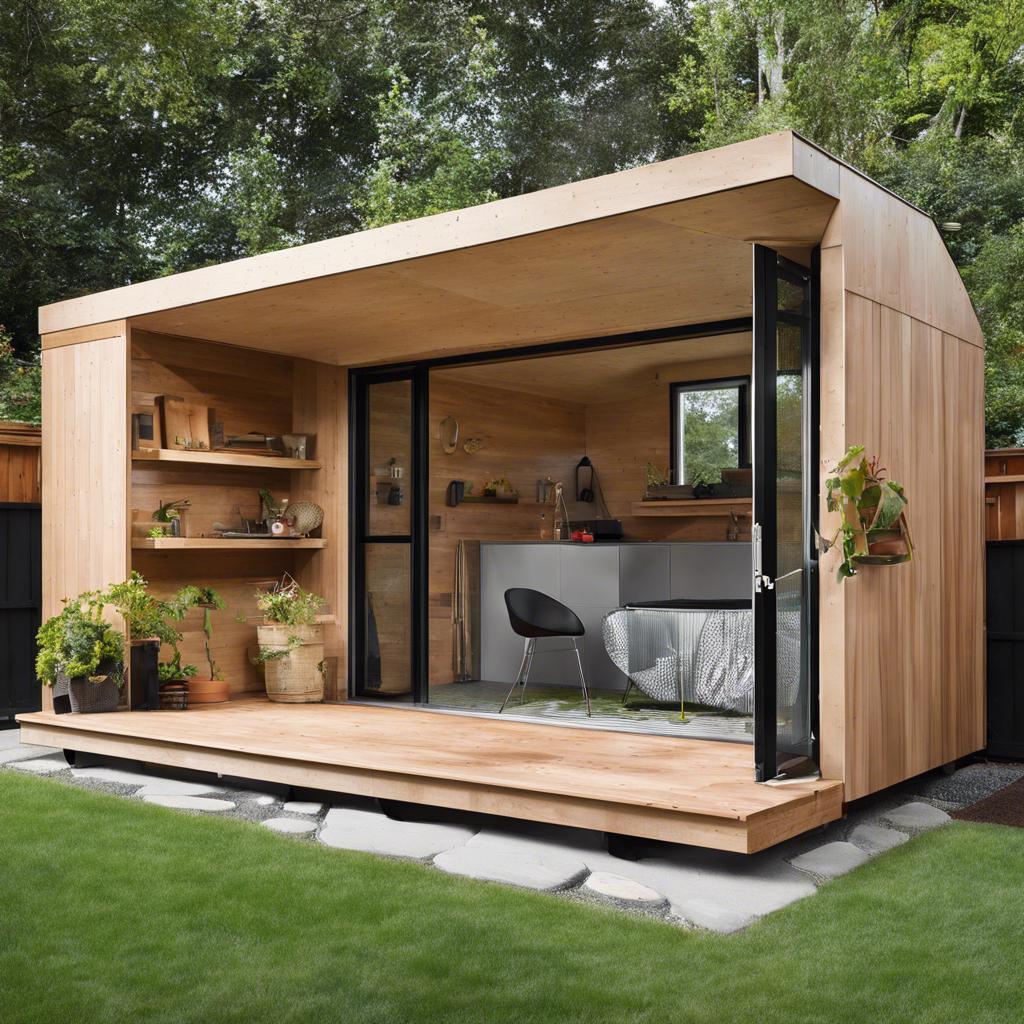
The modern backyard shed has come a long way from its humble beginnings as a simple storage unit in the corner of the garden. Today, these structures are not just functional, but also stylish and versatile spaces that can serve a variety of purposes. With innovative design and materials, the modern backyard shed has evolved into a statement piece that complements the overall aesthetics of the outdoor space.
One of the key features of the modern backyard shed is its versatility. These structures can now be customized to suit a wide range of needs, from a cozy home office or artist’s studio to a relaxing retreat or workout space. With the rise of remote work and the increasing desire for personalized living spaces, the modern backyard shed offers a convenient solution for creating a separate but connected environment right in the comfort of one’s own home.
Furthermore, the design revolution of the modern backyard shed has not only focused on functionality and aesthetics but also on sustainability. Many sheds are now built using eco-friendly materials and energy-efficient features, making them not only a stylish addition to the outdoor space but also a sustainable one. With a focus on blending seamlessly into the natural surroundings, these modern sheds are designed to enhance the overall landscape while minimizing their environmental impact.
Innovative Materials and Construction Techniques
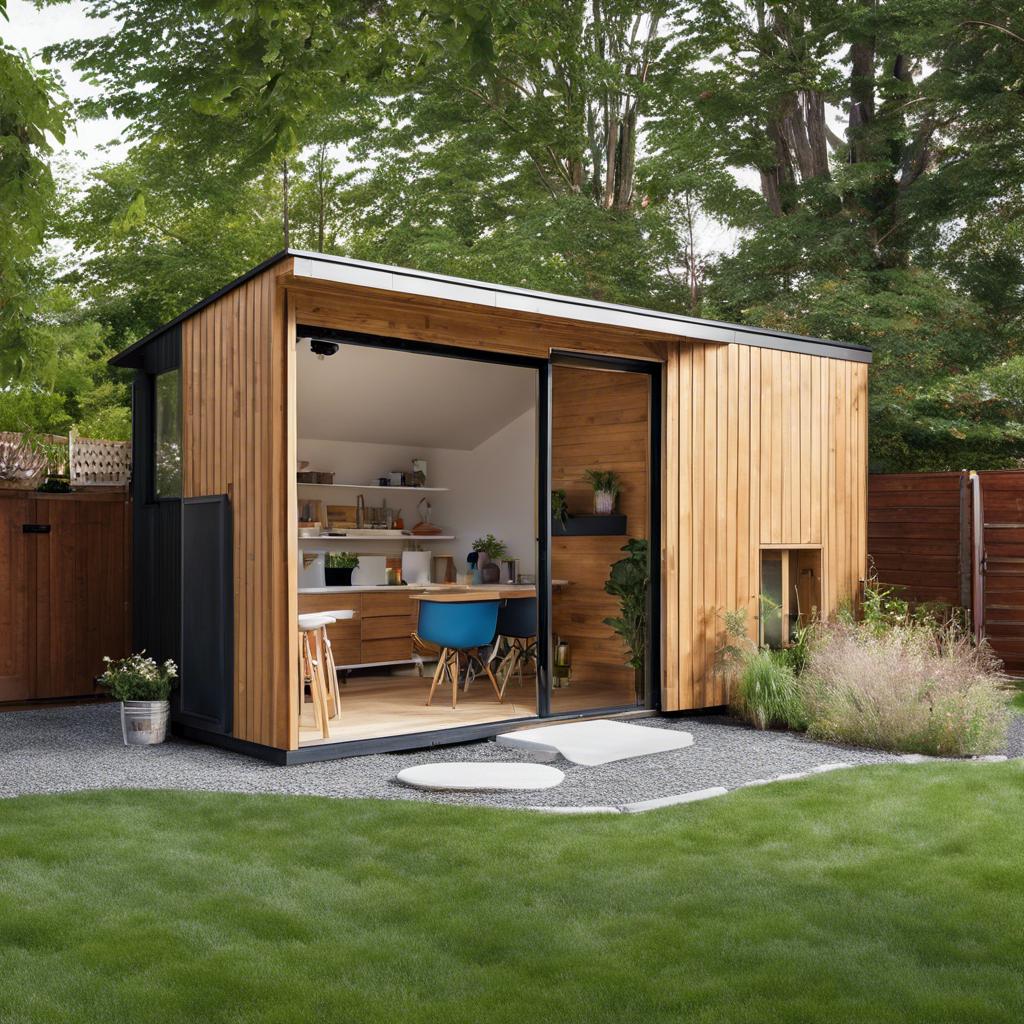
The evolution of backyard sheds has been a fascinating journey, with modern design revolutionizing the way we think about these humble structures. With the use of innovative materials and construction techniques, today’s backyard sheds are not just for storage but can also serve as cozy retreats, home offices, or even stylish entertainment spaces.
One of the key advancements in shed design is the use of eco-friendly materials such as recycled wood, metal, and plastic. These materials not only help to reduce environmental impact but also add a unique aesthetic to the structure. In addition, prefabricated panels and modular construction techniques have made building a shed quicker and easier than ever before, allowing homeowners to customize their sheds to fit their specific needs and tastes.
Imagine a sleek, minimalist shed with glass walls that blur the line between indoor and outdoor space, or a cozy retreat made from reclaimed wood that exudes rustic charm. The possibilities are endless with the advancements in modern shed design. As we continue to push the boundaries of what is possible with innovative materials and construction techniques, the humble backyard shed is transforming into a versatile and stylish addition to any home.
Functional and Versatile Design Features

One of the most exciting aspects of modern backyard sheds is their . Gone are the days when sheds were simply used for storage; today, they can serve multiple purposes and add value to any outdoor space.
With innovative design elements such as multi-functional doors that can be used for both storage and as an outdoor workspace, modern sheds are truly revolutionizing the way we think about backyard structures. Additionally, adjustable shelving and removable partitions allow for customizable storage solutions, making it easy to organize tools, gardening supplies, and more.
Furthermore, the incorporation of energy-efficient windows and solar-powered lighting not only enhances the functionality of the shed but also promotes sustainability and eco-friendliness. These design features are not only practical but also aesthetically pleasing, adding a modern touch to any backyard.
Integration of Technology for Smart Sheds
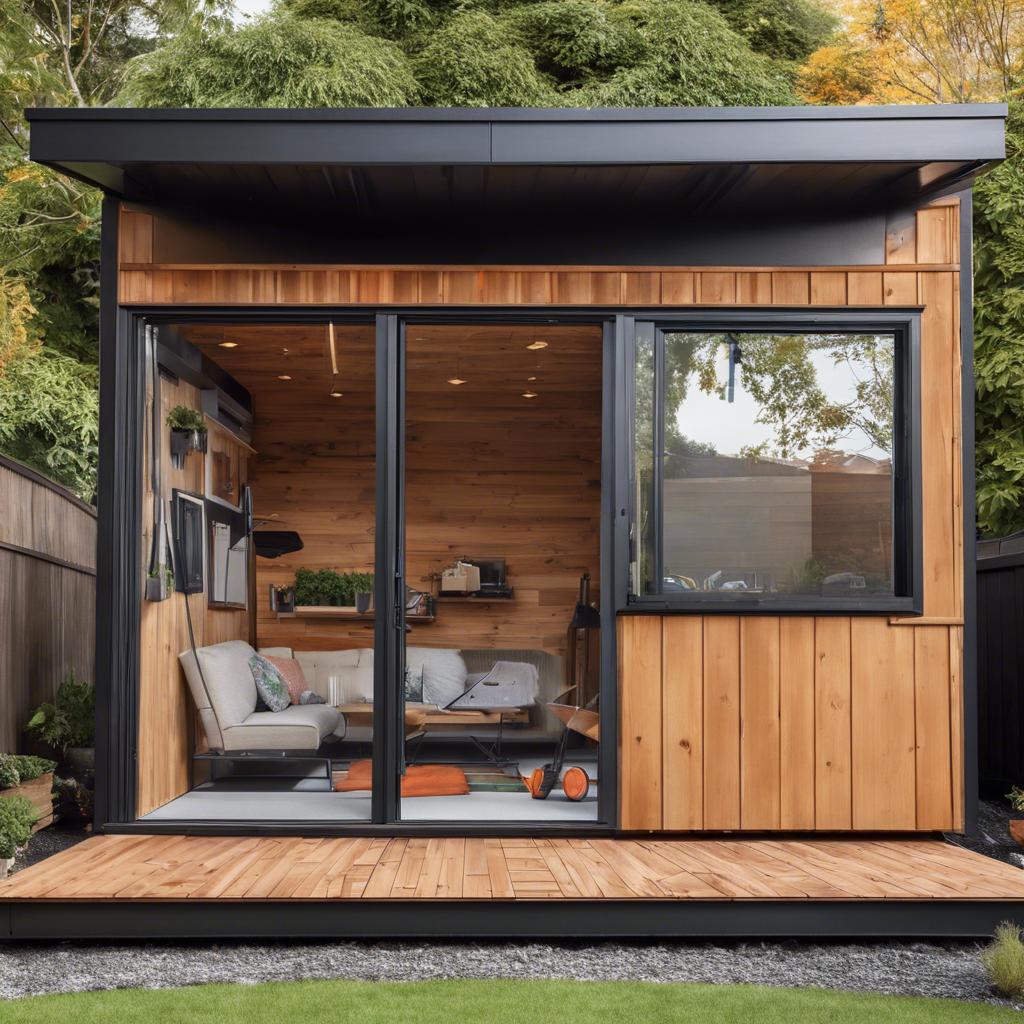
With the rapid advancement of technology, the humble backyard shed is undergoing a modern design revolution. Smart sheds are becoming increasingly popular, offering homeowners a convenient and efficient way to store tools, equipment, and other essentials. These innovative structures are equipped with cutting-edge technology that enhances functionality and convenience.
One of the key features of smart sheds is the integration of smart home systems, allowing homeowners to control various aspects of their shed remotely. From monitoring security cameras to adjusting lighting and temperature settings, technology has transformed the way we interact with our outdoor storage spaces. With the use of sensors and smart devices, homeowners can easily keep track of their belongings and ensure everything is secure.
Furthermore, the use of solar panels in smart sheds is changing the way we think about energy consumption. By harnessing the power of the sun, homeowners can reduce their reliance on traditional energy sources and lower their utility bills. This eco-friendly approach not only benefits the environment but also provides a cost-effective solution for powering essential equipment and tools. The evolution of backyard sheds into smart, energy-efficient structures reflects a growing trend towards sustainable living.
Sustainable Practices in Shed Building
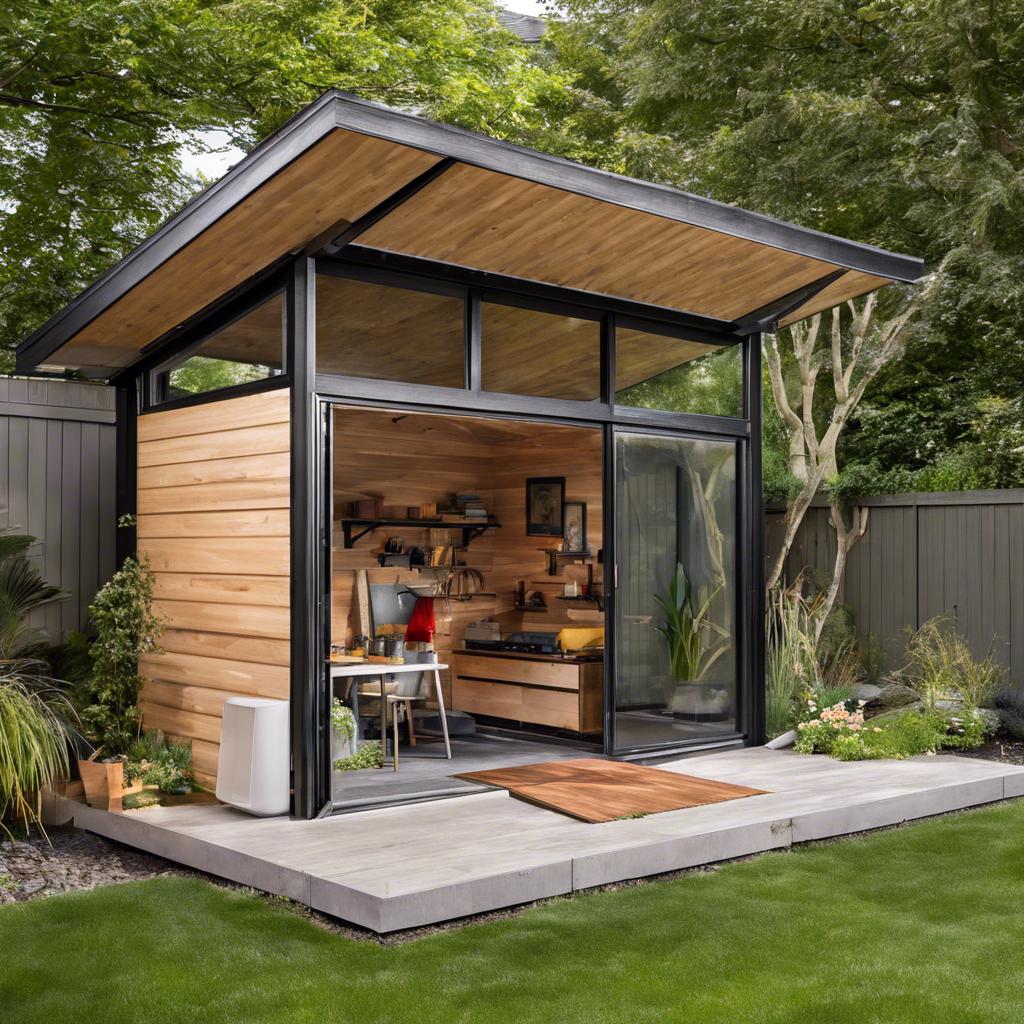
have become increasingly popular as people look for eco-friendly and cost-effective solutions for their backyard storage needs. The evolution of backyard sheds has brought about a modern design revolution that focuses on using environmentally friendly materials and construction techniques.
One key aspect of sustainable shed building is the use of reclaimed or recycled materials. Instead of relying on traditional building materials like wood or metal, modern shed designers are utilizing salvaged materials such as reclaimed wood, old windows, and metal roofing sheets. Not only does this help reduce waste going to landfills, but it also gives each shed a unique and rustic charm.
Another important sustainable practice in shed building is incorporating energy-efficient features into the design. This can include using natural lighting options like skylights or windows, as well as installing proper insulation to reduce heating and cooling costs. By prioritizing energy efficiency, shed owners can not only reduce their environmental impact but also save money on utility bills in the long run.
Maximizing Space and Storage Solutions
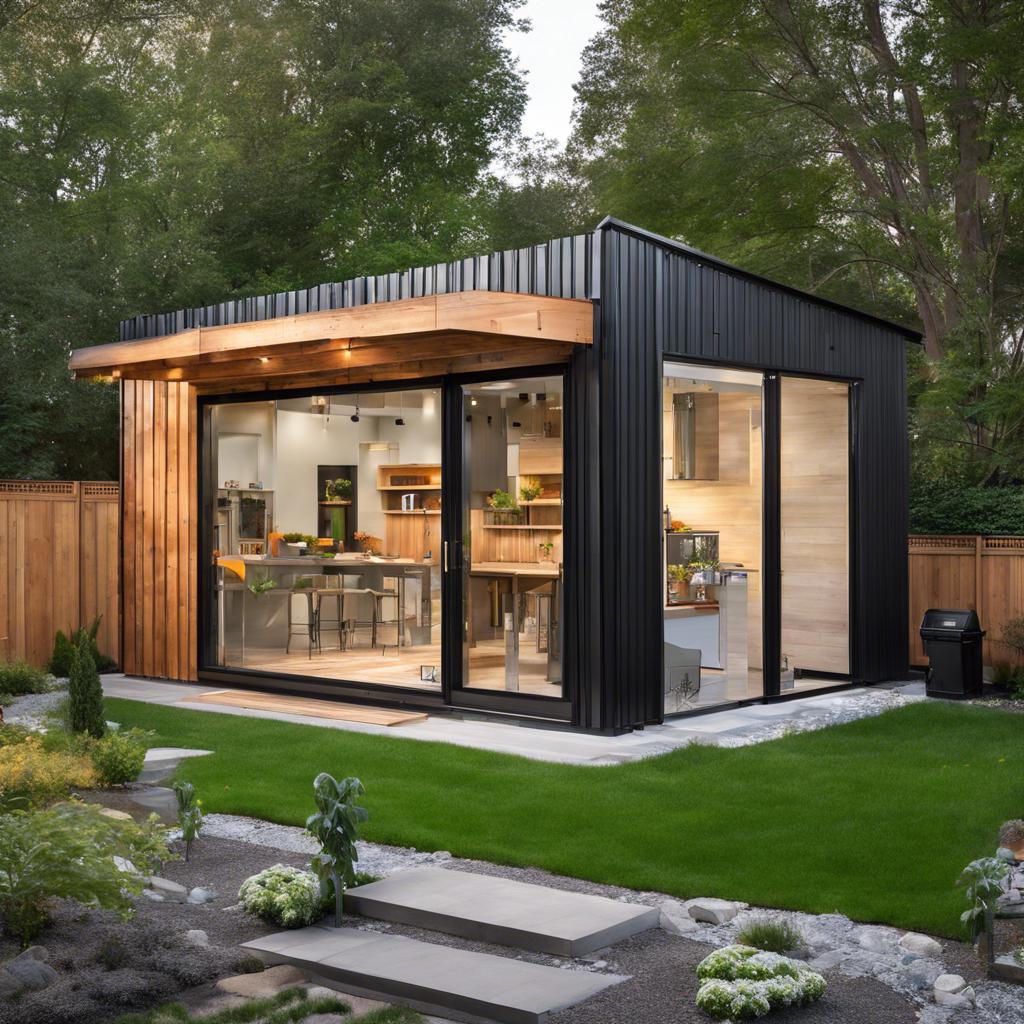
As our lives become increasingly cluttered with possessions and responsibilities, the need for efficient storage solutions has never been greater. Backyard sheds have long been a staple for homeowners looking to maximize their space while keeping their belongings organized. However, the design of these sheds has evolved dramatically in recent years, leading to a modern revolution in storage solutions.
The traditional image of a backyard shed as a simple wooden structure tucked away in a corner of the yard is quickly becoming a thing of the past. Today, sheds come in a variety of styles and materials, allowing homeowners to choose a design that complements their outdoor space. From sleek, minimalist designs to rustic cabins, there is a shed to suit every taste and need.
One of the key features of modern backyard sheds is their versatility. These new designs offer more than just storage space – they can serve as home offices, workshops, or even guesthouses. With the addition of windows, skylights, and insulation, sheds are no longer just a place to store tools and garden equipment. They have become an extension of the home, providing valuable extra space for work or relaxation.
Customization Options for Personalized Sheds
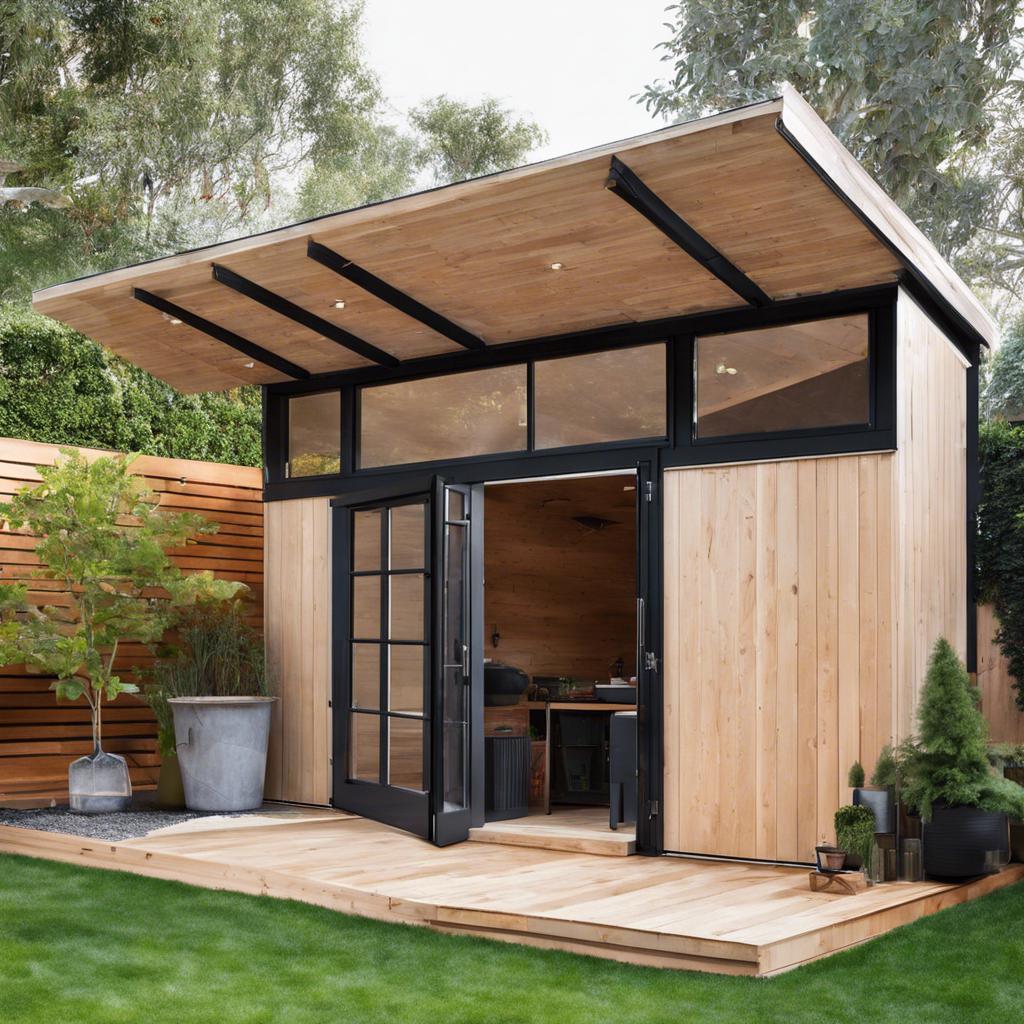
In today’s world, the humble backyard shed has undergone a modern design revolution. Gone are the days of simple wooden structures used for storing tools and gardening equipment. The evolution of personalized sheds now offers a wide range of customization options to suit every individual’s taste and needs.
From sleek and minimalist designs to rustic and cozy cabins, the possibilities are endless when it comes to creating your own personalized shed. With advancements in technology and construction materials, homeowners can now choose from a variety of features and add-ons to make their shed truly unique.
Some popular include:
-
- Custom Paint Colors: Choose from a wide range of colors to match your home’s exterior.
-
- Custom Roofing Materials: Select from metal, asphalt, or even green roofs for a sustainable option.
-
- Interior Layout: Customize the interior layout to create the perfect space for your hobbies or storage needs.
Adapting Sheds for Work-From-Home Setups
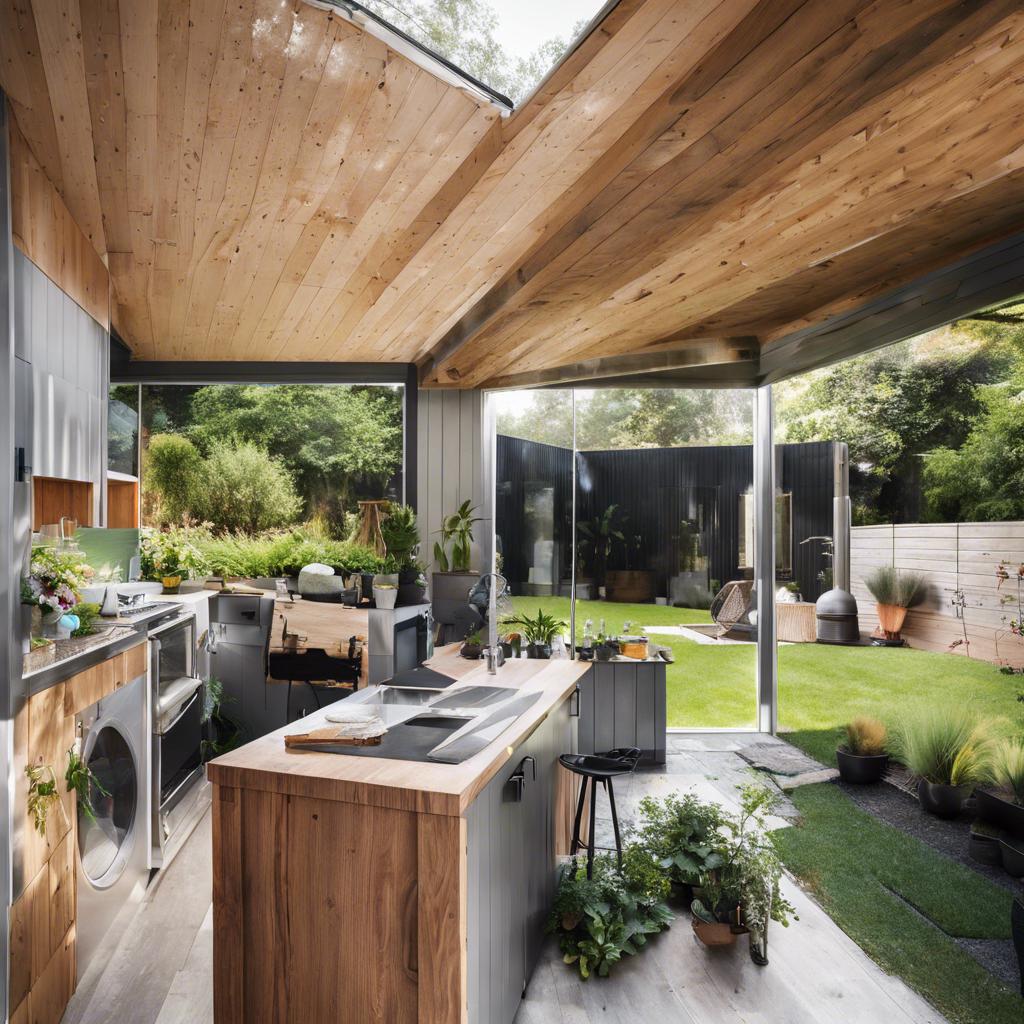
Who would have thought that the humble backyard shed could undergo such a transformation in recent times? As the world adapts to the new normal of remote work, many people are looking for creative solutions to set up their home offices. Enter the modern shed – a versatile and stylish alternative to the traditional office setup.
With a little imagination and creativity, you can transform your ordinary shed into a functional workspace that meets all your work-from-home needs. Here are some tips on how to adapt your shed for a productive and comfortable work environment:
-
- Insulation: Make sure your shed is properly insulated to keep you warm in the winter and cool in the summer.
-
- Lighting: Opt for natural lighting wherever possible and supplement with LED lights for a bright and inviting workspace.
-
- Furniture: Choose ergonomic furniture that is both functional and comfortable for long hours of work.
Embracing Minimalist and Contemporary Aesthetics

When it comes to backyard sheds, the traditional notion of a simple storage space has evolved into a contemporary design revolution. Embracing minimalist aesthetics, modern backyard sheds are no longer just functional structures but also stylish additions to outdoor spaces.
One key aspect of the modern design revolution of backyard sheds is the use of clean lines and simple shapes. Gone are the days of cluttered and outdated designs. Contemporary sheds focus on sleek and minimalist aesthetics that blend seamlessly with the surrounding environment.
Another defining feature of modern backyard sheds is the incorporation of sustainable materials and eco-friendly design practices. From recycled wood to solar panels, these sheds not only look good but also have a minimal environmental impact.
Future Trends in Backyard Shed Design

As we enter a new era of backyard shed design, the possibilities are endless. The evolution of these humble structures has taken a modern twist, with innovative features and sleek aesthetics leading the way. One key trend that is shaping the future of backyard shed design is the focus on sustainability. From eco-friendly materials to solar panels and rainwater collection systems, sheds are becoming more than just storage spaces – they are now sustainable living spaces that blend seamlessly with the environment.
Another key trend in backyard shed design is the integration of smart technology. Imagine a shed that can be controlled with a touch of a button, from adjusting the temperature to turning on the lights. With the rise of smart home devices, sheds are not being left behind in the technological revolution. This integration of technology not only adds convenience but also enhances the functionality and efficiency of these spaces.
Furthermore, the shift towards multifunctional design is revolutionizing backyard sheds. No longer just a place to store tools and equipment, sheds are now being designed to serve multiple purposes, from home offices and art studios to mini gyms and relaxation retreats. This trend is all about maximizing space and creating versatile environments that cater to the diverse needs and lifestyles of homeowners.
Q&A
Q: What are some of the key factors driving the evolution of backyard sheds in modern design?
A: The emphasis on multifunctionality and sustainability, as well as the desire for a stylish yet practical outdoor space, are all contributing to the modern design revolution of backyard sheds.
Q: How have traditional backyard sheds evolved in terms of design and purpose?
A: Traditional backyard sheds, once used solely for storage, have transformed into stylish retreats, office spaces, gyms, and entertainment areas, blending function and aesthetic seamlessly.
Q: What are some popular design trends in modern backyard sheds?
A: Some popular design trends include eco-friendly materials, minimalist aesthetics, and modular construction, allowing for versatile and customizable spaces.
Q: How are modern backyard sheds being utilized in everyday life?
A: Modern backyard sheds are proving to be versatile additions to homes, serving as home offices, art studios, guest accommodations, and even tiny homes, maximizing the use of outdoor spaces.
Q: How has the shift towards minimalism influenced the design of backyard sheds?
A: The shift towards minimalism has led to sleek, simple designs that prioritize functionality and efficiency, creating compact yet practical solutions for homeowners.
Q: What role does sustainability play in the evolution of backyard shed design?
A: Sustainability is a key driver in modern shed design, with many homeowners opting for eco-friendly materials, energy-efficient features, and off-grid solutions to reduce their environmental impact.
